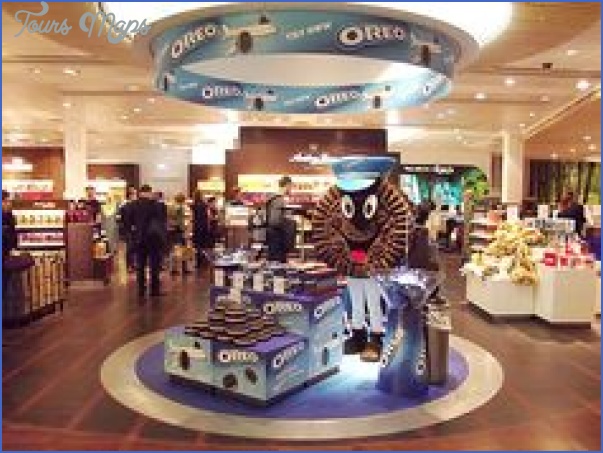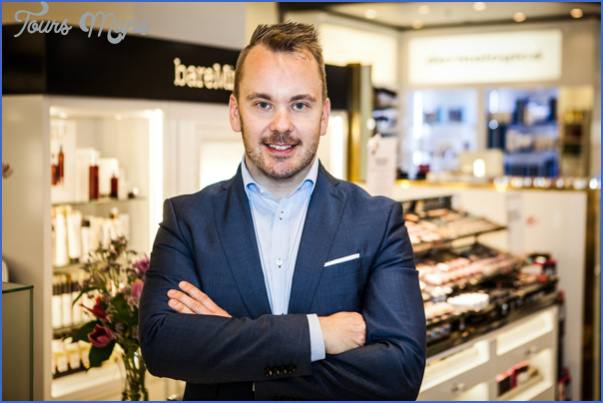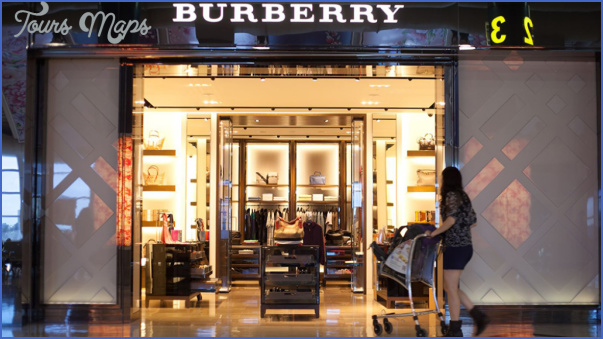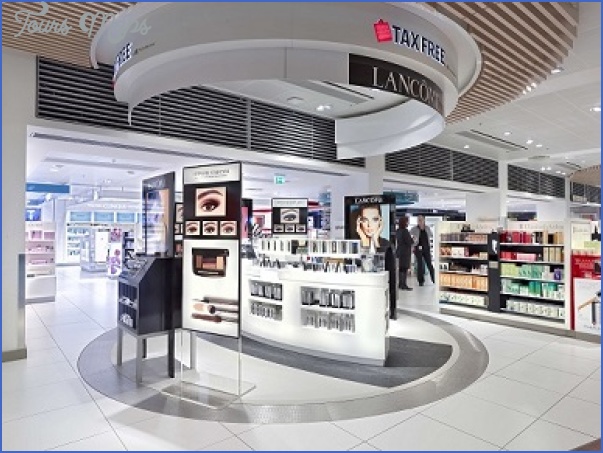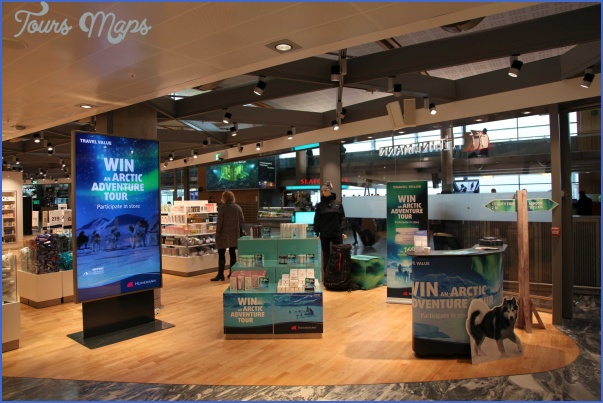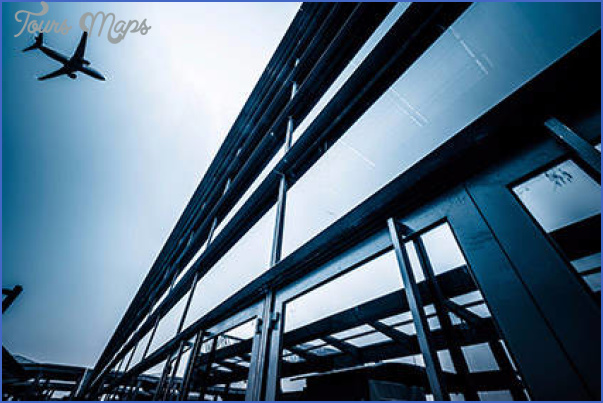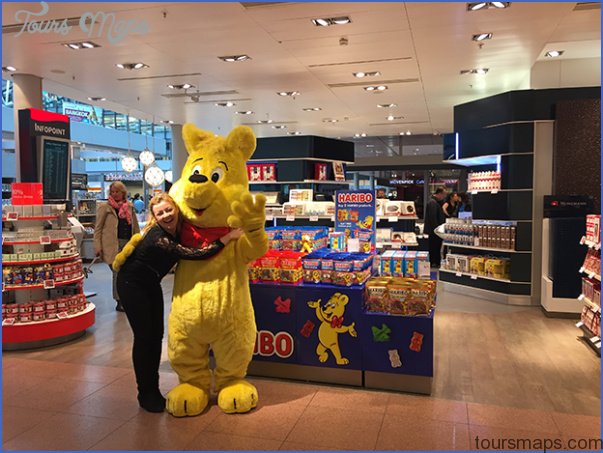Beyond Vejle the road forks. Road 13 runs N to Silkeborg, while E3 bears NE for Horsens (pop. 44,000; Jorgensens Hotel, 110 Bygholm Parkhotel, 61 Thorsvang Motel, 20 Missionshotellet, 85 youth hostel;two campsites),at the head of Horsens Fjord; the town originally developed around an early medieval stronghold. In the 18th c. Horsens was a large commercial town, as the many old patrician houses testify. In the middle of the old town is the early 13th c. Church of Our Saviour (Vor Frelser), with a carved Baroque pulpit. The nearby Klosterkirke is all that remains of an old Franciscan friary (15th c. choir-stalls and altarpiece). To youth hostel; camp site) lies deep inland at the outflow of the Gudena into the Randers Fjord. In medieval times an important religious settlement with three monastic houses, the town enjoyed another period of prosperity in the 18th c. and later developed into an important industrial town. The central area of the town contains many old houses dating from the 15th and 16th the oldest stone house is the Paskesonnernes GSrd in RSdhustorvet (Town Hall Square). St Morten’s Church dates from the 15th c. The HelligSndshus (House of the Holy Ghost; c. 1435) is a remnant of a religious house which was dissolved c. 1550. The House of Culture contains an interesting museum and library.
Randers is a popular port of call for canoeists on the Gudena, Denmark’s longest river (170 km 106 miles), which rises nearTorring. There are many boat-rental agencies along the river.
The direct route from Randers to Hobro is on E3. It passes through Rasted, where an early 12th c. church contains a splendidly preserved series of frescoes (c. 1130; restored 1939-42).
A more attractive route is on minor roads via Mariager (Landganger Motel, 12 b.), set picturesquely on the Mariager Fjord, which runs inland to Hobro. It is Denmark’s smallest town (pop. 1600). Only certain parts of the old monastery and Gothic church have been preserved. In the church is Christ’s Coffin”, a carved chest with a figure inside. Tothe S of the town is the Hohoj burial mound. On Sundays in summer an antique railway runs from Mariager to the village of Handest, situated SW of the town on Road 10.
Hobro (pop. 10,000; Alpina Hotel, 30 Grand Hotel, 30 youth hostel; camp site) lies at the W end of the Mariager Fjord. The Museum contains a collection of Viking material. The neo-Gothic church was designed by M. G. B. Bindesboll (also responsible for the Thorvaldsen Museum in Copenhagen). 3 km (2 miles) SW of the town is the reconstructed Viking stronghold of Fyrkat, which dates from about a.d. 1000. Material recovered during excavation is in the Hobro Museum.
E3 now traverses the large forest of Rold Skov ( 57) to Alborg (55) and continues to Frederikshavn (94). Road 14 runs N through Vendsyssel via Bronderslev to Hjorring.
Hjorring (pop. 20,000; Phonix Hotel, 125 Pension Kirhedal, 62 Hotel Garni, 27 Bristol, 24 youth hostel; two camp sites) is an old market town. In the churchyard of St Catherine’s Church (Romanesque) are eight 2000-year-old stone tombs. The Vendsyssel Museum is housed in the old deanery and other old buildings. On the SW side of the town is an open-air museum. Road A14 then continues to Hirtshals. Hirtshals (Hirtshals Kro og Motel, 41 Strandlyst, 90 b.) is a popular resort on the Skagerrak and an important port for traffic with Norway. The battle of Jutland was fought in the Skagerrak on 31 May and 1 June 1916.
Travel retail Scandinavia Photo Gallery
Maybe You Like Them Too
- The Best Cities To Visit in The World
- World’s 10 Best Places To Visit
- Coolest Countries in the World to Visit
- Travel to Santorini, Greece
- Map of Barbados – Holiday in Barbados









